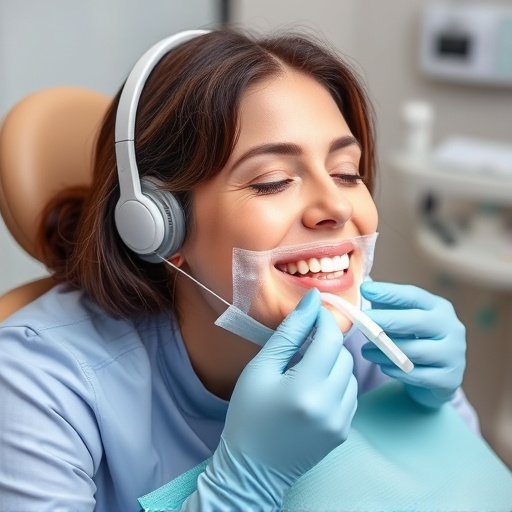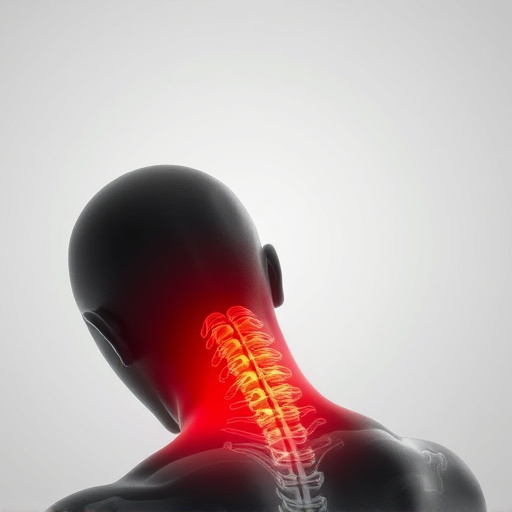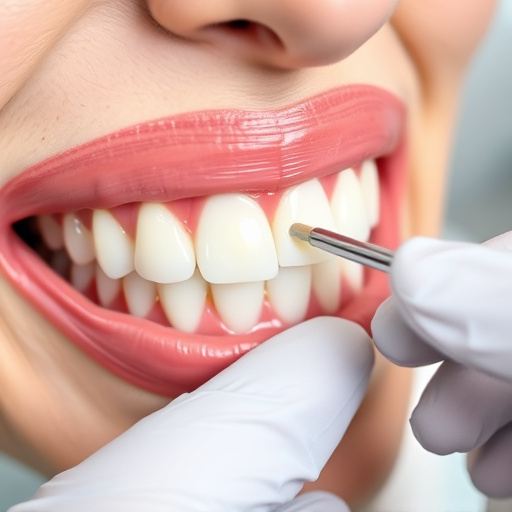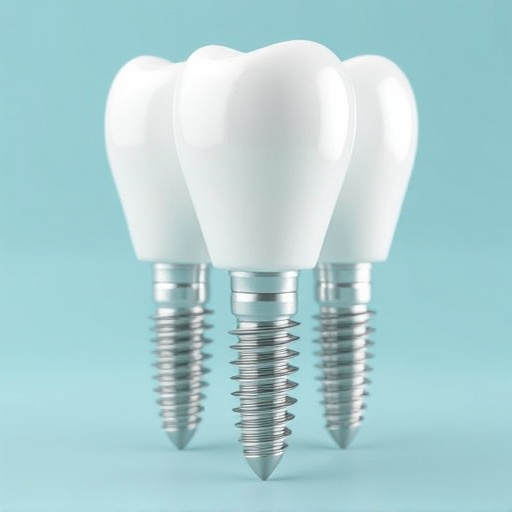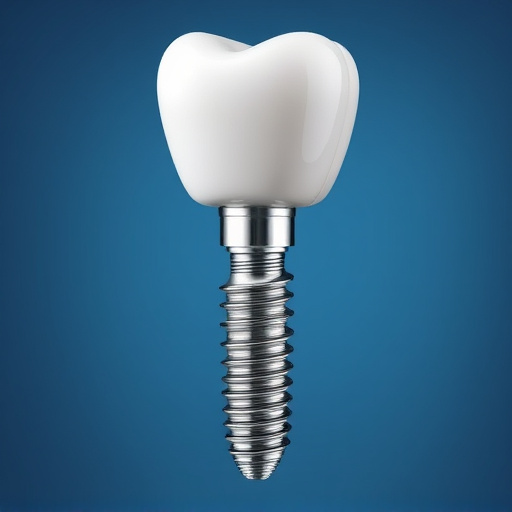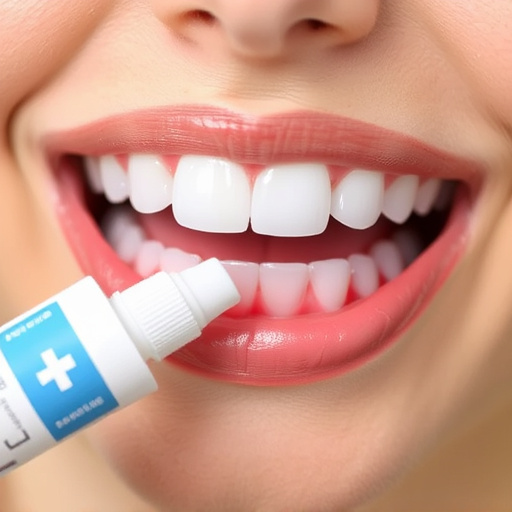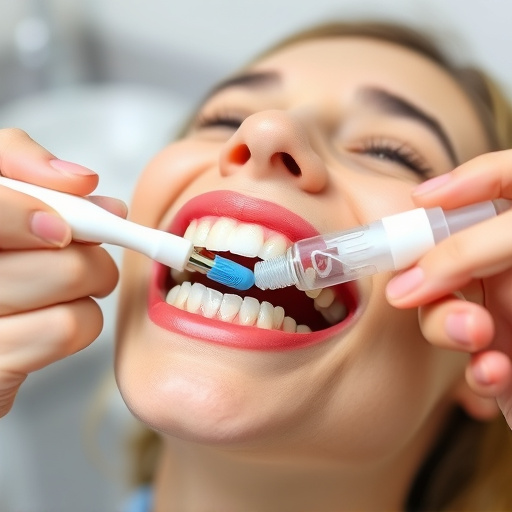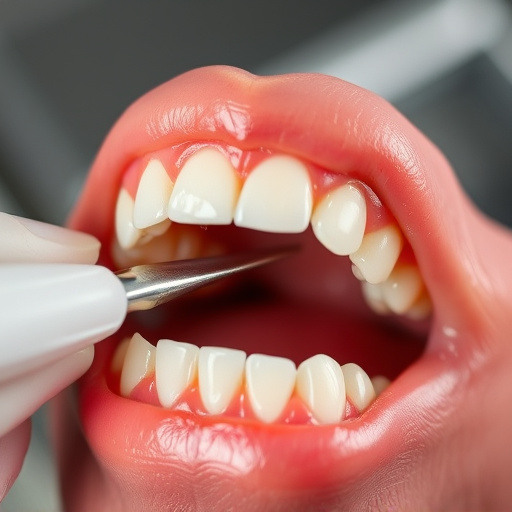Digital dental X-rays are transforming orthodontic treatments by offering superior accuracy, detail, and safety compared to traditional film X-rays. They enable orthodontists to identify subtle misalignments crucial for complex treatment planning, including wisdom tooth removal and dental bonding. By reducing radiation exposure, saving time, and enhancing diagnosis, digital X-rays facilitate faster, more effective treatments, ultimately leading to healthier smiles through advanced, precise imaging technologies.
“Revolutionize your orthodontic practice with digital dental x-rays, a game-changer in oral care. This advanced technology offers unparalleled advantages, providing clear, detailed images of dental structures. In this article, we explore how digital dental x-rays enhance treatment planning, allowing for precise diagnoses and personalized care. From improved accuracy to reduced radiation exposure, discover the benefits that make it an essential tool in modern orthodontics.”
- Understanding Digital Dental X-Rays: Advantages for Orthodontics
- The Role of Digital Imaging in Creating Comprehensive Treatment Plans
- Patient Benefits and Considerations for Digital Dental X-Rays in Orthodontics
Understanding Digital Dental X-Rays: Advantages for Orthodontics
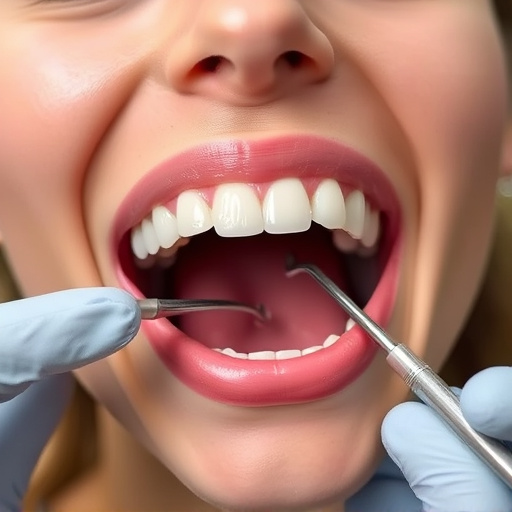
Digital dental X-rays have transformed orthodontic treatment planning by offering several advantages over traditional film X-rays. The primary benefit lies in their enhanced accuracy and detail, allowing orthodontists to identify even subtle misalignments or abnormalities. This level of precision is crucial for creating effective treatment strategies, especially when considering complex cases that may involve wisdom tooth removal or intricate dental bonding procedures.
Moreover, digital X-rays significantly reduce exposure to radiation compared to film counterparts. This not only benefits the patient’s health but also aligns with modern dentistry’s focus on minimizing radiation exposure during routine oral exams. The immediate imaging process also saves time, enabling faster diagnosis and treatment initiation, which is essential for successful orthodontic outcomes.
The Role of Digital Imaging in Creating Comprehensive Treatment Plans
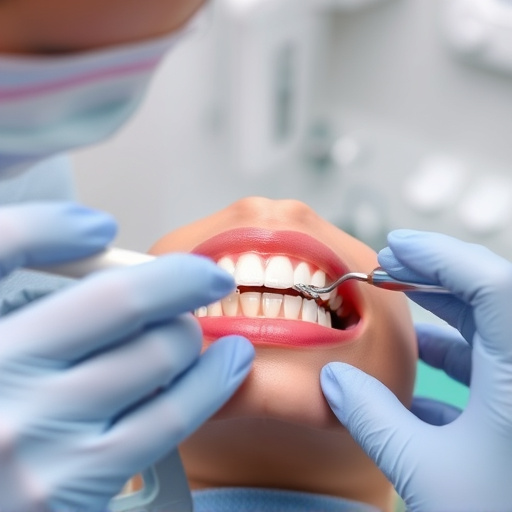
Digital dental x-rays play a pivotal role in creating comprehensive orthodontic treatment plans. They offer a clear and detailed view of the teeth and jaw structure, enabling orthodontists to accurately diagnose issues like crowded teeth, misalignments, and underlying problems that might not be apparent during routine oral exams. With digital imaging, professionals can precisely measure the extent of these issues, plan treatments with greater certainty, and even track progress over time.
This advanced technology facilitates a more precise and efficient approach to orthodontic care. Unlike traditional film x-rays, digital dental x-rays provide immediate results, allowing for quick decision-making and adjustments in treatment plans if needed. Moreover, they reduce the exposure to radiation compared to conventional methods, making them a safer option for both patients and orthodontists. This not only ensures better patient care but also opens up opportunities for more intricate procedures like tooth extractions and the successful fitting of clear aligners, ultimately contributing to healthier smiles.
Patient Benefits and Considerations for Digital Dental X-Rays in Orthodontics
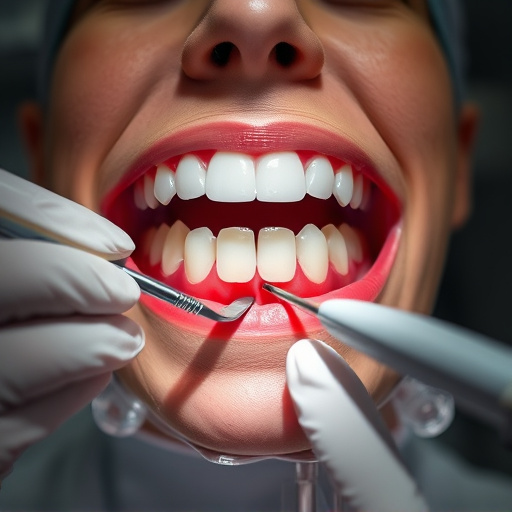
Digital dental X-rays offer numerous benefits for orthodontic treatment plans. Firstly, they provide clear and detailed images of the teeth and jaw, allowing orthodontists to detect even minor discrepancies or abnormalities that might be missed with traditional film X-rays. This enhanced visibility can lead to more accurate diagnoses and personalized treatment strategies, ultimately improving patient outcomes.
In terms of considerations, while digital dental X-rays offer advantages in precision and efficiency, patients should be aware of potential risks associated with radiation exposure. However, modern digital technology significantly reduces this risk compared to older methods. Additionally, unlike some restorative dentistry procedures or even tooth extractions, the process of obtaining digital X-rays is non-invasive and generally painless, making it a more comfortable experience for patients.
Digital dental X-rays have revolutionized orthodontic treatment planning by offering enhanced clarity, precision, and efficiency compared to traditional methods. Their advantages, including faster imaging, reduced radiation exposure, and detailed visualization of dental structures, facilitate more informed decision-making for orthodontists. By enabling comprehensive assessments, these digital images contribute to tailored treatment plans that ultimately improve patient outcomes. As technology advances, embracing digital dental X-rays becomes an essential step in staying ahead in the field of orthodontics, ensuring patients benefit from innovative and effective care.

